Book Report Templates & Reading Worksheets
-
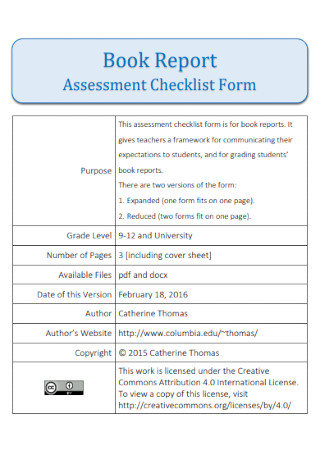
Book Report Assessment Checklist Form
download now -

Sample-7th-Grade Summer Book Report
download now -
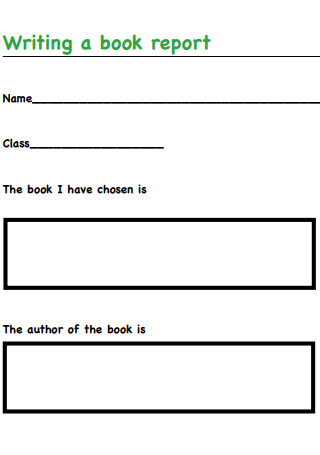
Sample Book Report
download now -
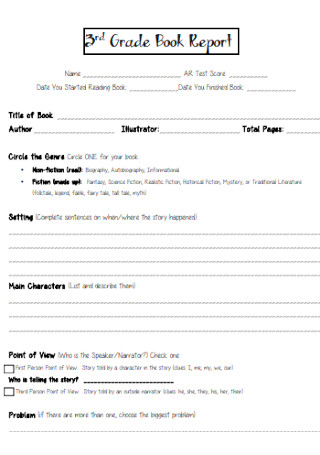
3rd Grade Book Report
download now -

Middle School Outline Template for Book Report
download now -
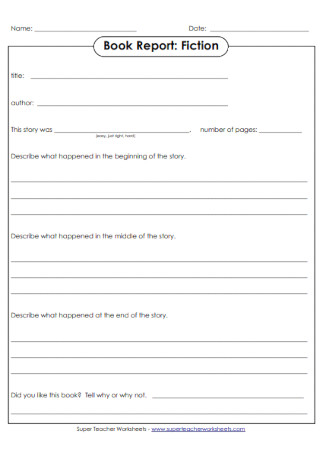
Sample Book Report Template
download now -
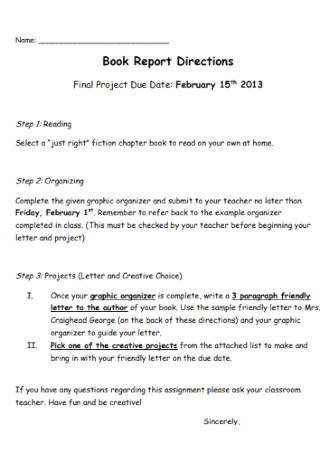
Book Report Directions Template
download now -
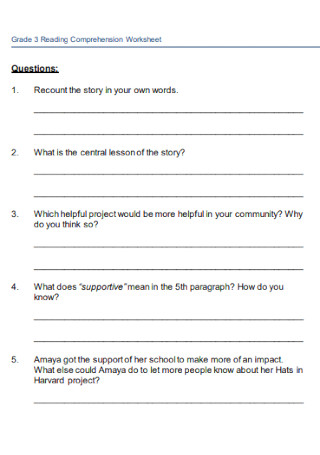
Reading Comprehension Worksheet
download now -
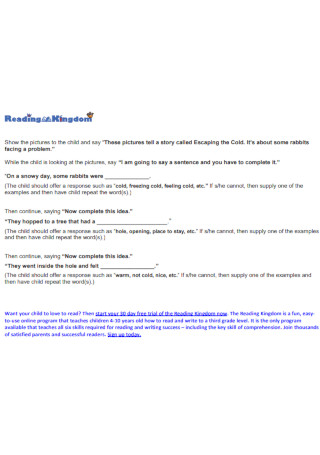
Reading Kingdom Worksheet
download now -
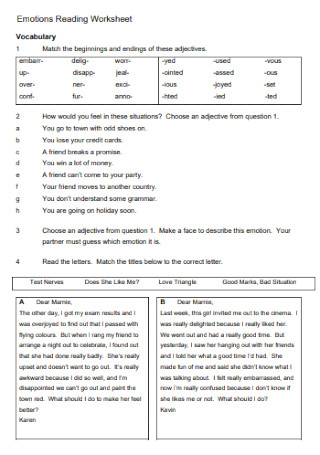
Emotions Reading Worksheet
download now -
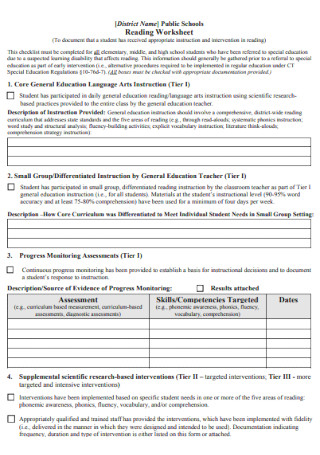
Public School Reading Worksheet
download now -
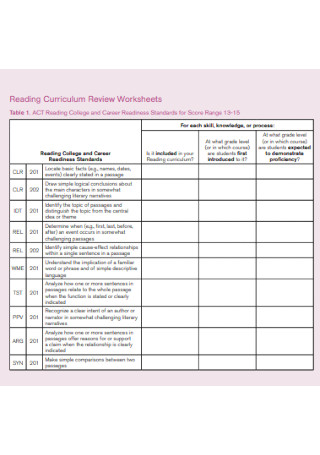
Reading Curriculum Review Worksheets
download now -
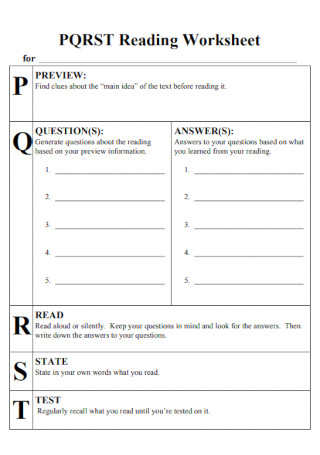
Simple Reading Worksheet
download now -
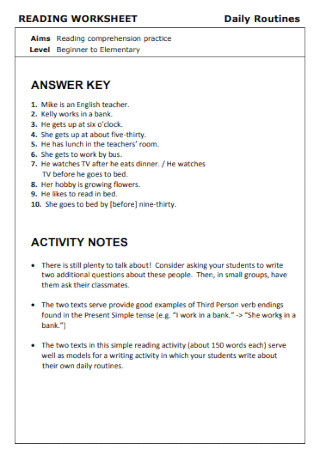
Daily Reading Worksheet Template
download now -
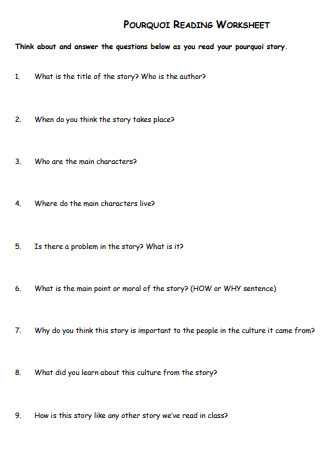
Formal Reading Worksheet
download now -
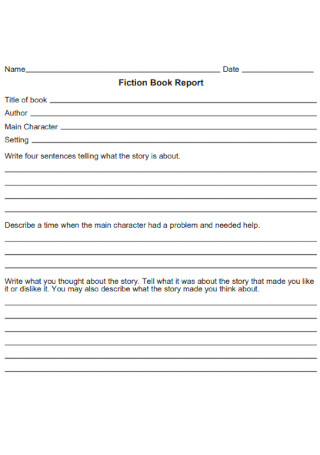
Fiction Book Report
download now -
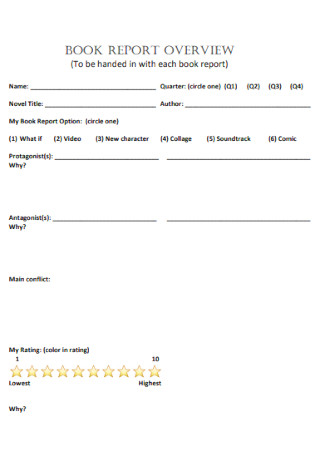
Book Report Option Template
download now -
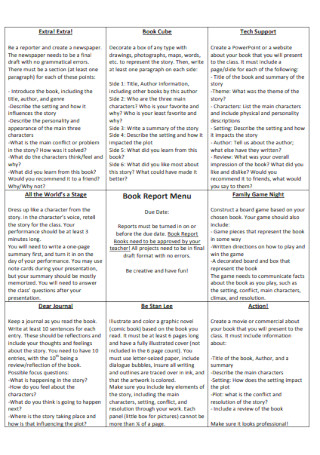
Book Report Menu Template
download now -
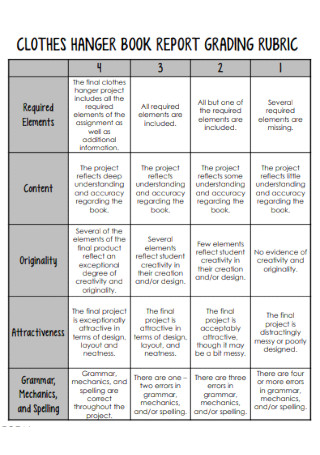
Clothes Hanger Book Report Template
download now -
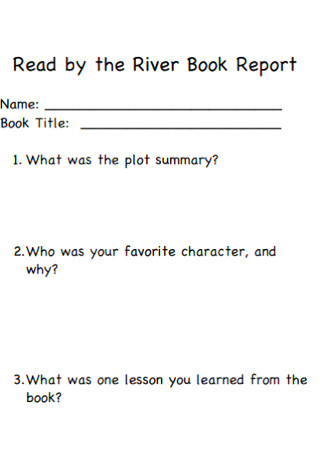
River Book Report
download now -
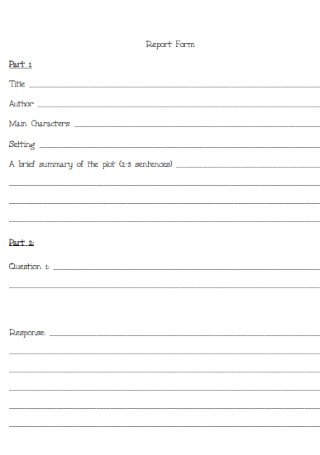
Character Can Book Report Form
download now -
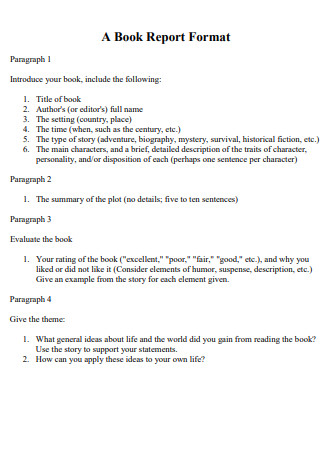
Book Report Format
download now -
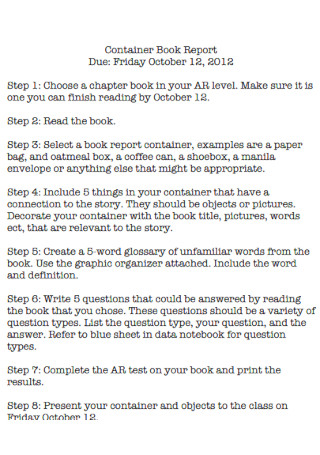
Container Book Report
download now -

Pizza Book Report
download now -
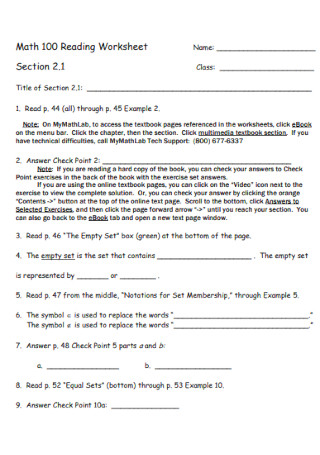
Math Reading Worksheet
download now -
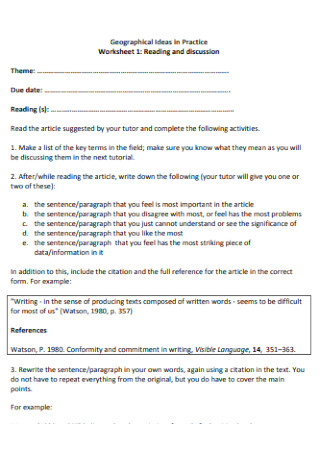
Reading and Discussion Worksheet Template
download now -
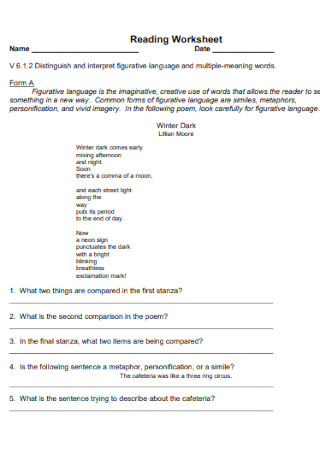
Standard Reading Worksheet
download now -
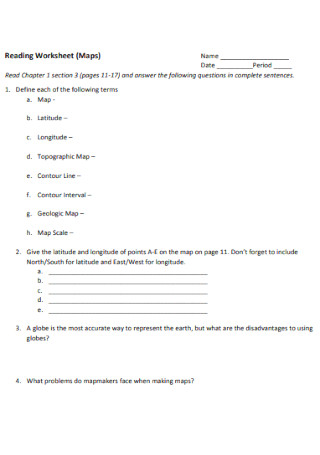
Map Reading Worksheet Template
download now -
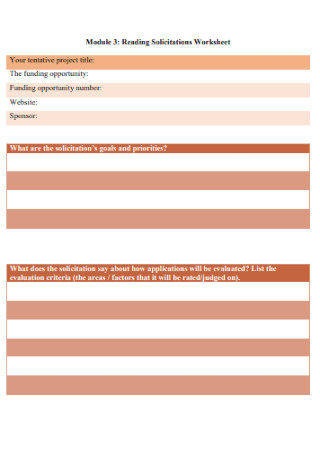
Reading Solicitations Worksheet
download now -
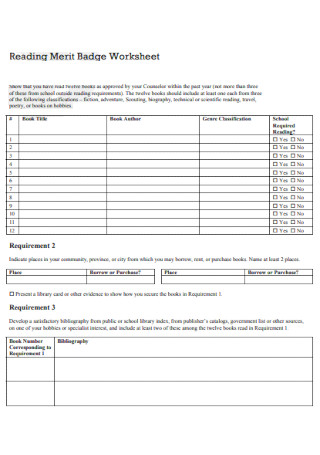
Reading Merit Badge Worksheet
download now -
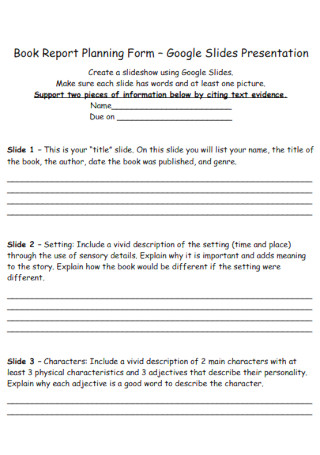
Book Report Planning Form
download now -
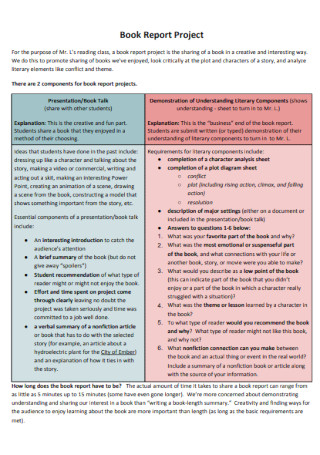
Book Project Report
download now -
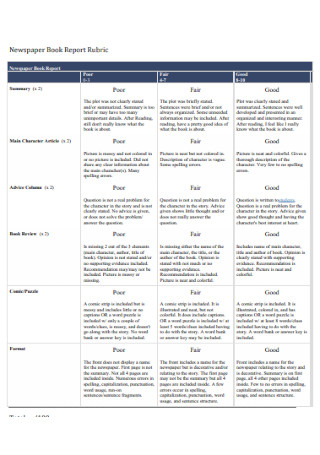
Newspaper Book Report
download now -
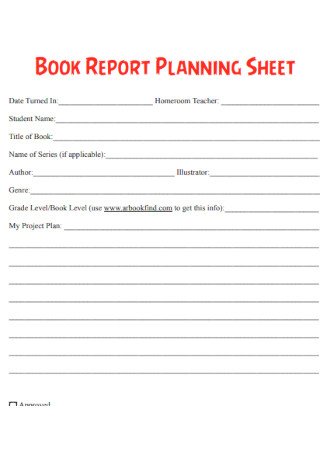
Book Report Planning Sheet
download now -
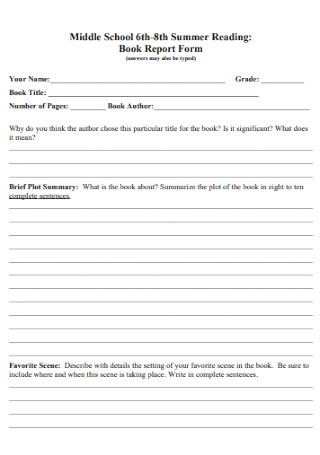
Book Reading Report Form
download now -
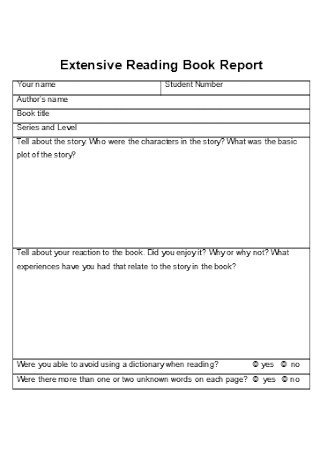
Extensive Reading Book Report
download now -

Biography Book Report
download now -
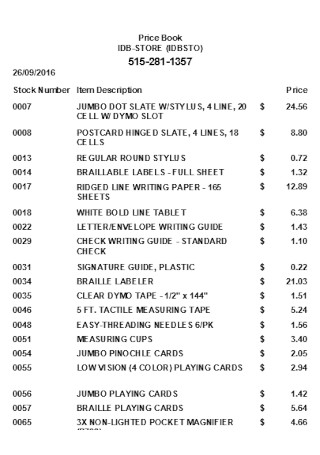
Sample Book Price Report
download now
FREE Book Report & Reading Worksheet s to Download
Book Report Templates & Reading Worksheets
What Is a Book Report and a Reading Worksheet?
What Consists of a Standard Book Report Format?
What Are the Important Elements in Reading Books?
Steps to Ace a Book Report and Reading Worksheet
FAQs
What is the point of a book report?
How long are book reports?
Is a book report another term for a summary?
What Is a Book Report and a Reading Worksheet?
Do you remember when teachers asked you to read a book and write an essay about it afterward? Well, that is a classic example of a book report assignment. Note that this document is different from business and sales reports. In definition, book reports refer to essays that tackle book content. A typical example is when the teacher assigns a student a checklist of books to read. Then the teacher requires their pupils to submit a written report.
Based on a survey, people in the U.S. between the ages of 20 and 34 only spend 0.11 hours of reading per day.
Statista adds that approximately 98% of the Americans read to please rather than get updated about current events.
Meanwhile, CNBC reported, via a 2018 survey, that around 24% of American adults have never read a single book back in 2017.

Book Report and Reading Comprehension Worksheets: Why Are They Important?
Getting access to reading materials and mass-producing books was difficult in the old times. Yet, it all changed during the mid-15th century where the printing press got invented. It was all thanks to Johannes Gutenberg since his mechanical invention paved the way to duplicate books. Sadly, reading a book may have lost its spark nowadays, but that is? according to the public’s actions. Statista’s research survey concluded that Americans averaged only to less than seven minutes (0.11 hours) of reading every day. Recommending to read is a must for a better literacy rate and improved fundamental skills. And, this leads us to reiterate why reading and writing in book reports or reading worksheets are essential.
What Consists of a Standard Book Report Format?
Statista reported that 98% of readers in the U.S. simply choose something to read based on pleasure and not primarily on current events. Well, that may be normal since any person feels more at ease reading with volition and something that interests them. With that interest, you can begin to write your book report. But how do you manage that? Hold your horses for the moment and let us familiarize the standard book report format which consists of the following:
Introduction
Any essay or report must have an introduction. For your book report, the basic information about the book gets mentioned. The book title, author, publication details—you name it. However, you do not just enumerate it since it is in a sentence and paragraph form. Just like a novel, you think of the premise before giving out the main plot. A tip is to use a universal statement that refers to anything obvious and factual regarding the reading material. Another approach is the body sentences. In this manner, you give contexts like a short background statement about the genre, the author, or the setting. If you need to provide claims right in the intro, then you can do so in a thesis statement form. You may even have supporting details from the book’s info.
Summary
You input the summary or overview, particularly on the body paragraphs. Short information regarding the significant characters, locations, time, or plot movements are part of the picture. By summary, you adhere primarily to the book’s overview, so theme analysis and any opinion are not welcomed yet. Otherwise, it ends up getting too subjective. Also, you keep this brief as much as possible since you are not supposed to duplicate the book’s content page per page. You only gather the highlights and rephrase to avoid plagiarism.
Textual Analysis
Are you finished with the summary? Good, now proceed to textual analysis. In this case, every important symbol, theme, analogy, or reference requires explanation. Analyze and evaluate the hidden meanings carefully in the story and expound the purpose directed by the author. What makes this different from the summary is how personal opinions are finally welcomed. But, your statements and idea should remain educated to prevent bias. This analysis can be the longest part of your paragraph since teachers are even more interested in what students expound here.
Personal Reaction
In terms of getting very subjective and making detailed opinions, you point that out in a personal reaction section of your book report. At this point, you can vent out about how frustrated you are about a character’s decision. Mentioning the author’s flaws is welcome, too, if you found anything salient. So anyone who reads your report can tell that it is a personal reaction, you write in the first or third-person point of view.
Conclusion
Among the many parts of a book report, the concluding paragraph cannot ever be absent as well. Remember those points you mentioned in the personal reaction and textual analysis? You may summarize it here. You should know that conclusions can mirror introductory statements, but that does not mean you copy everything. Aside from a summary, you may even combine your subjective and objective thoughts altogether. Lastly, never miss out on stating what you learned and if you would recommend the book to other people.
What Are the Important Elements in Reading Books?
By knowing the standard book report parts and format, you are nearly there. The next concern is to familiarize the vital elements found in books. It is through understanding and recognizing the elements that you can answer the reading worksheets easily. Moreover, you excel in your next book report by mastering it. Here are the crucial elements in reading books:
Steps to Ace a Book Report and Reading Worksheet
Based on a survey, an average of 24% among adults in the U.S. has never read at least a single book. That is, in the past year of 2018. Whether reasons are laziness or how people are fond of technologies in the digital age, taking time to dive into books and start reading should at least come to mind every once in a while. Literacy makes one smart anyway. Using book reports and reading worksheets is an effective way to spread literacy and check anyone’s progress. How do you ace in making this? Just follow these tips:
1. Download the Right Templates
You do not just send out a blank document to readers. You can make things easy for them by having an outline about what to focus on writing the report and what particular questions to answer on the worksheet. And in what way can you achieve this? Easy, you download the appropriate templates related to book reports and reading worksheets from our collection. More so, editing is up to you, so make use of its customizable features for the format and design.
2. Read and Understand the Books to Suggest
A teacher who gives reading comprehension assignments to students likely has read the book recommended to the students already. If teachers fail to do that, then how can they tell if the students’ answers in the documents are right or wrong? Thus, you do your research as well. A tip is to follow the SQ3R, which stands for Survey-Question-Read-Recite-Review. It is a known method for reading comprehension made by Francis P. Robinson. With that method’s strategic plan, you acquire a better understanding of what to read.
3. Give Clear Instructions and Relevant Questions
Maybe you have impressive book report ideas, yet readers have a hard time completing the worksheets. It could be caused by not having clear instructions. Of course, you instruct them what to do, like in stating you only need a chapter summary as a basis rather than the whole book itself. The same goes for teaching readers to update their reading logs. Also, reading worksheets must contain relevant questions. Otherwise, what is the point of asking questions that are not even part of the story being read? Hence, reading and understanding the suggested books is necessary to ensure you know what to ask for the other readers.
4. Know Your Audience
An important consideration is to profile your audience. Maybe you used a book report template in college for someone who belongs in the 3rd grade. There is a chance for 3rd graders to find difficulty in the assignment since the template is made for advanced levels. Reading and comprehension skills may vary too. Thus, you should think about who will write on those documents.
5. Polish the Worksheets
Finally, you design or polish these worksheets. Who says there is no room for creativity in a book or reading worksheet? Designing the worksheet can work with graphic organizers, such as concept maps, charts, and diagrams. Those will add color to the document rather than making things too serious. Any template must back away from dull looking examples to stand out and show that effort was involved while creating it.
FAQs
What is the point of a book report?
Book reports help share detail regarding the presented information, arguments, and themes given by the author. Furthermore, reading comprehension and the fundamental skills of the reader who made the report will improve. Also, the reports create discussions about whether other readers have the same point of view or if the book is interesting to other potential readers.
How long are book reports?
The book report length depends on the instruction given to you. Keeping things too long is unnecessary if you could keep things more straightforward. Nevertheless, the common book report can reach around 600 to 800 words.
Is a book report another term for a summary?
No, a book report can contain a summary of any book, but it is not mainly about summarizing. Reports still include textual analysis, personal reaction, evaluation, and so much more, as discussed earlier.
The positive effects of literacy, reading comprehension, and other benefits fall under the need to write book reports. What matters is you fully understand everything you read. Book reports and reading worksheets even help you check how much you know the whole book. Thus, you take it slow while reading since the journey of each page is not a race. Moreover, ending things slowly yet surely is much better rather than rushing and forgetting every reading expedition. Thanks to the details provided in reports and worksheets, an endless journey to share and discuss insights commences.
